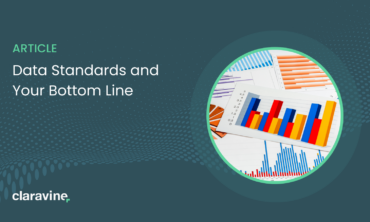Fun Facts about Adobe Analytics and Campaign Dimensions
It’s not every day that I learn something new about Adobe Classifications. I was an Omniture employee when this technology (originally called SAINT) came hot off the press in 2002, and I’ve spent the better part of two decades working under its hood. I didn’t think it had any surprises left for me.
Ask the pros how many Classifications you can set up for a report in Adobe Analytics, and the common answer you’ll hear is 30. But I discovered this week that this is categorically untrue. I don’t know if there’s a real cap, but I got tired of testing somewhere in the mid 100’s.
I concede that the 30-cap myth is grounded in actual experience. Almost everybody sends and receives classification data manually using the SiteCatalyst Admin interface, and when you try to download the data in that way Adobe inexplicably truncates the output at 31 columns: the tracking code (Key) value, plus your first 30 classifications.
So if you’re stuck doing this the manual way, I’ll admit that you’re in a bit of a pinch, since you can’t export all of your data to review and/or edit it. (Note that the manual import process does not have the 30-column constraint, just the export.) But of course if you’ve been following our work here at Claravine, you’ll know that there are other ways to talk to Adobe than the manual process. And you’ll be glad to learn that the API process for both import and export has no cap that I’ve been able to find (yet).
What’s behind this 30-column limit? It may be Adobe’s way of steering organizations away from territory it knows to be potentially troublesome. The more classifications you have, the more descriptors your marketing team needs to learn for all of the new initiatives they prepare, and with each one you add, you increase the risk of the reporting system sprawling out of your control. That said, there are situations that justify a larger number of classifications, and reliable ways to make sure that all your information stays right where you put it, and can be found right when you need it. If you find yourself bumping up against the 30-classification limit, we can help you get past it.



